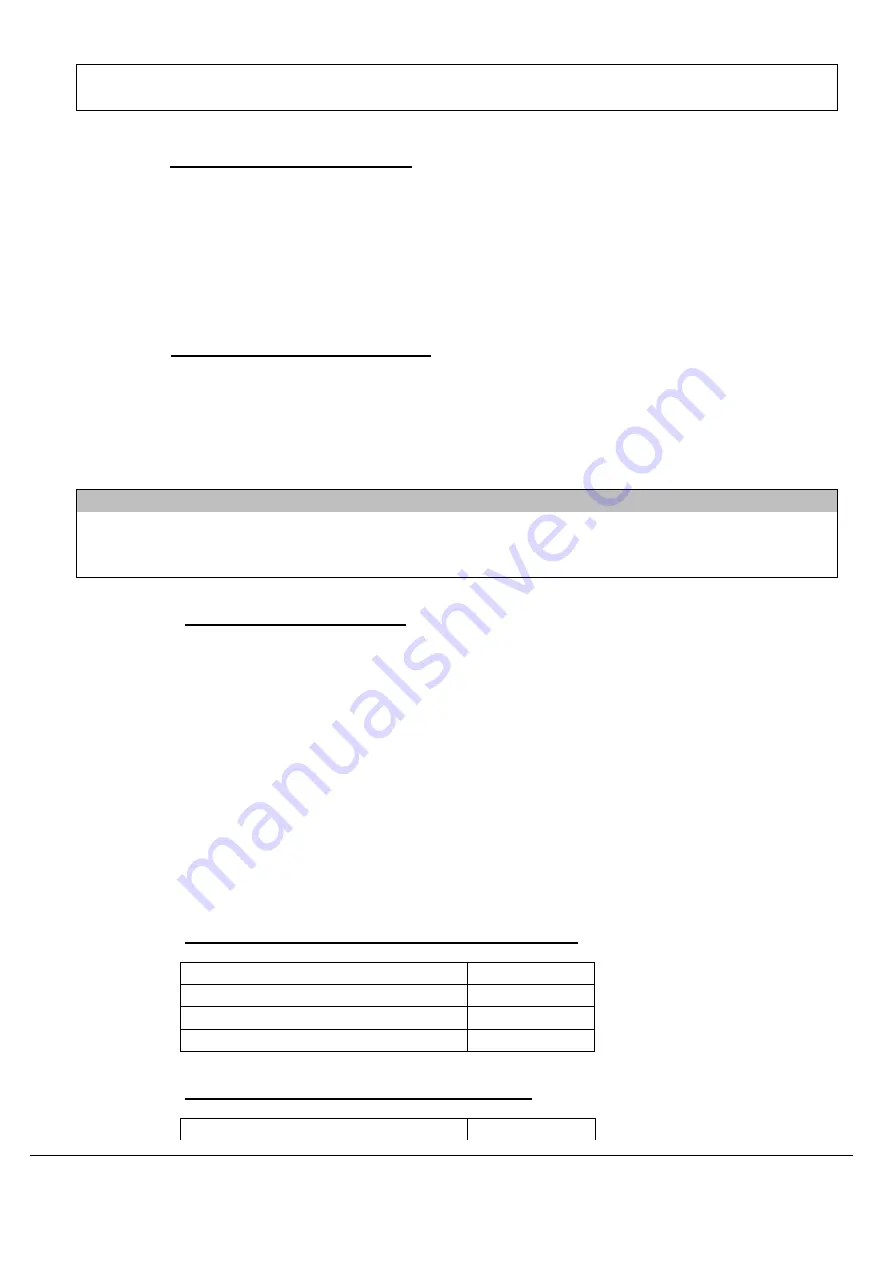
J EUROPE – Parc Actilonne – 85340 Olonne sur Mer – France – www.jeurope.eu.com
J/92 S - Page 11/27
Never turn the engine with the load circuit disconnected, otherwise you could damage the alternator.
5.3.
SECOND BATTERY OPTION
Your boat can be equipped with a second 75A battery as option. In this case, the batteries
are separated, one dedicated to ancillary equipment, one dedicated to engine. A third cut-out is
installed for the “+” of the second battery. The load balancer is installed between alternator and
batteries for reloading both batteries.
5.4.
ELECTRICAL CONSUMPTION
The capacity of the batteries has been designed to meet the power requirements of the
accessories on board. You must ensure that they are well-charged and well-maintained to avoid
any problems.
IMPORTANT
When you install new electrical equipment, ensure that your battery can still handle the overall
consumption.
5.4.1.
Calculating the consumption
To calculate your equipment’s consumption and determine how long your batteries
can operate before they need to be recharged, you simply have to multiply the consumption
by the number of appliance and the operating time in hours.
E.g. 1 navigation light 2.1 Ah x 1 light x 3 hours = 6.3 A
The batteries’ output equals 70% so this result must be multiplied by 1.4, i.e.:
6.3 x 1.4 = 8.8 A.
The
J/92 S’s
alternator supplies 115A in one hour. You must therefore run the
engine for (8.8x60)/115 = 4.6 minutes to recharge the batteries.
5.4.2.
Maximum consumption of the electrical equipment
Type of equipment
Consumption
Two-colour light
2.1 A
Ceiling light
0.8 A
Electric pump
10 A
5.4.3.
Sample consumptions of electrical appliances
Type of equipment
Consumption












































